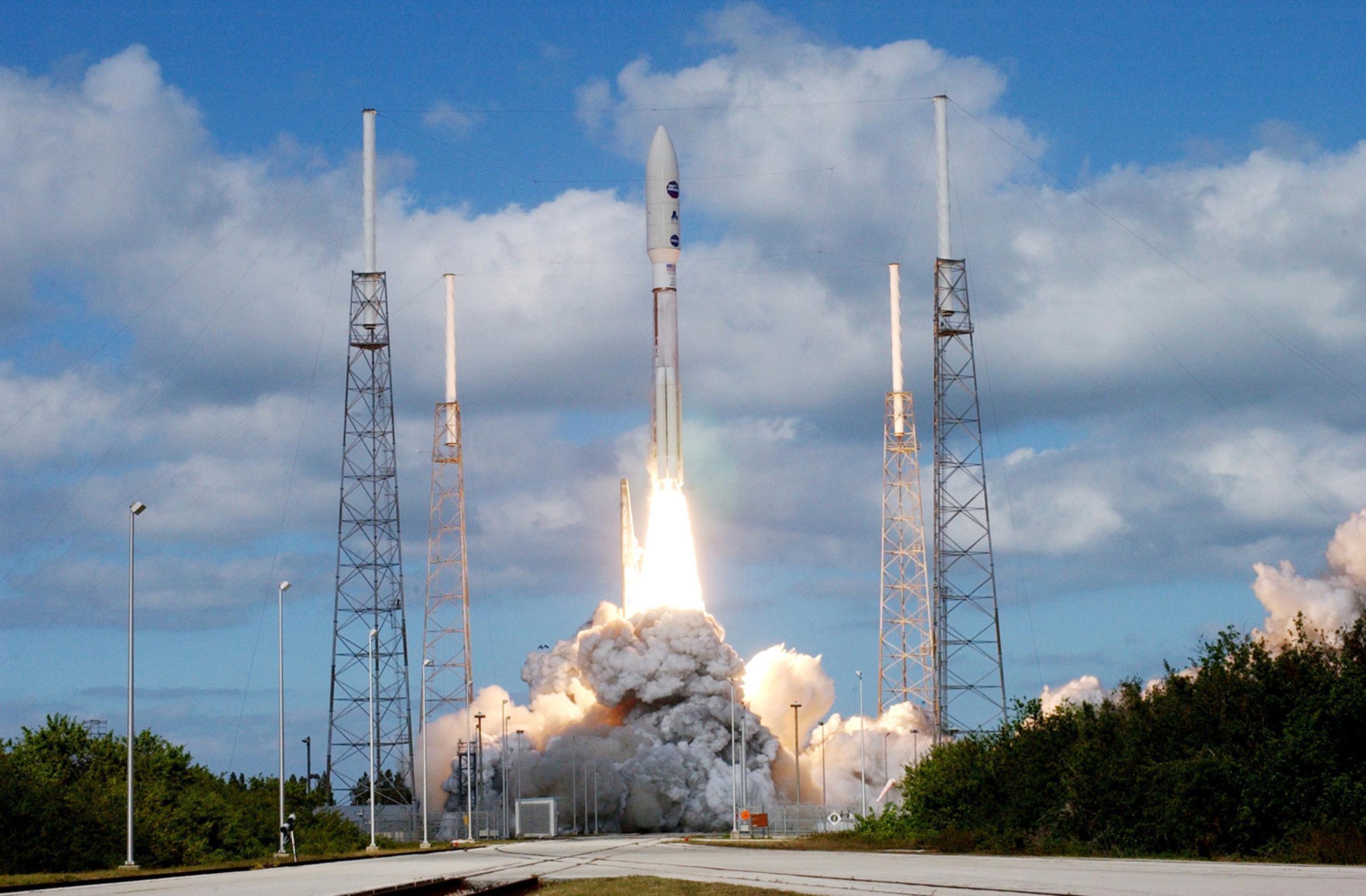Emily Lakdawalla • Aug 04, 2011
Fun for the whole family: Watch an enormous rocket blast a spacecraft to Jupiter!
EDIT: Launch now scheduled for 12:25 EDT
Do you have kids at home for the summer? Treat them to a spectacular fireworks show by tuning in tomorrow morning to watch Juno blast off to Jupiter! Here's some tips on how and where to watch, where to get further information, and a timeline for the planned launch events. The launch is scheduled for tomorrow at 11:34 Eastern time -- that's 15:39 UTC. The launch window is 69 minutes long. They are very motivated to get the spacecraft off the pad tomorrow because tropical storm Emily is on the way toward Florida and weather forecasts deteriorate toward the weekend.
To watch it, check to see if your satellite or cable provider carries NASA TV. If they don't, two great places to watch it online are Spaceflight Now's Juno Mission Status Center, which features the video feed plus detailed text updates on the mission status, and JPL's Ustream feed, which features the video feed plus a chat room in which you can get questions answered. Also, on Twitter, follow the hashtag #NASAtweetup for commentary from 150 excited eyewitnesses, and #Juno will probably show you more.
Juno is a solar-powered orbiter that is being sent to Jupiter on a mission to figure out what its gloriously colored clouds are hiding; it's going to study Jupiter's interior. But because it would be a crime to send a ship to Jupiter and not send back beautiful photos, it's carrying JunoCam, whose pictures of Jupiter will all be released to the Web as soon as they hit Earth. Learn more about the Juno mission by downloading the Juno Press Kit (7 MB, PDF), and learn more about JunoCam here.
Juno will be launching toward Jupiter on an Atlas V 551. The Atlas V is the main rocket, and the "551" bit denotes the fact that the main rocket has a five-meter-diameter payload fairing mounted on top of it; five solid rocket boosters strapped to it; and one Centaur upper stage on top. This particular configuration of the Atlas V is the most powerful that's ever been flown, as far as I know, and it's only been used to launch a spacecraft once before: the New Horizons mission, which used it for its speedy trip past Jupiter toward Pluto. Juno will take a much slower path to Jupiter because, unlike New Horizons, it has to be able to stop at Jupiter once it gets there. Here's a photo of New Horizons' launch:

The Time is Now.
As a Planetary Defender, you’re part of our mission to decrease the risk of Earth being hit by an asteroid or comet.
Donate Today

 Explore Worlds
Explore Worlds Find Life
Find Life Defend Earth
Defend Earth

